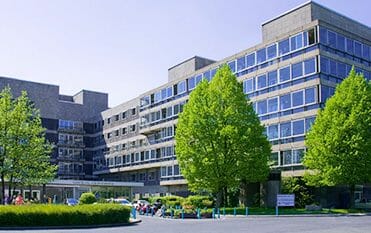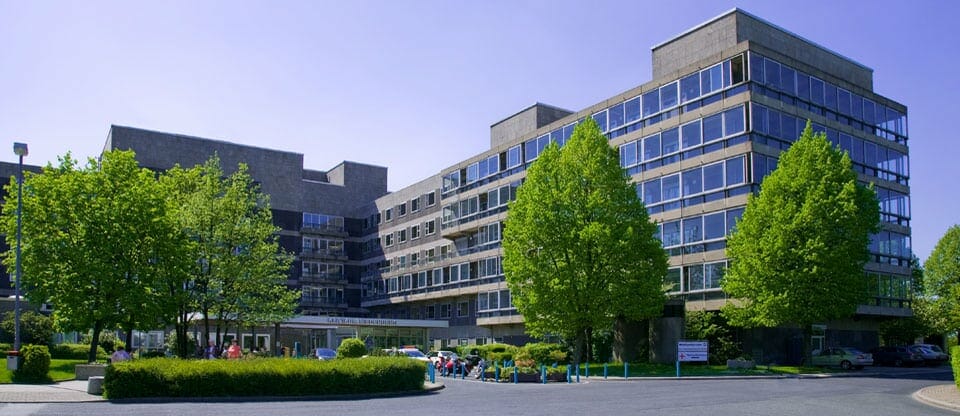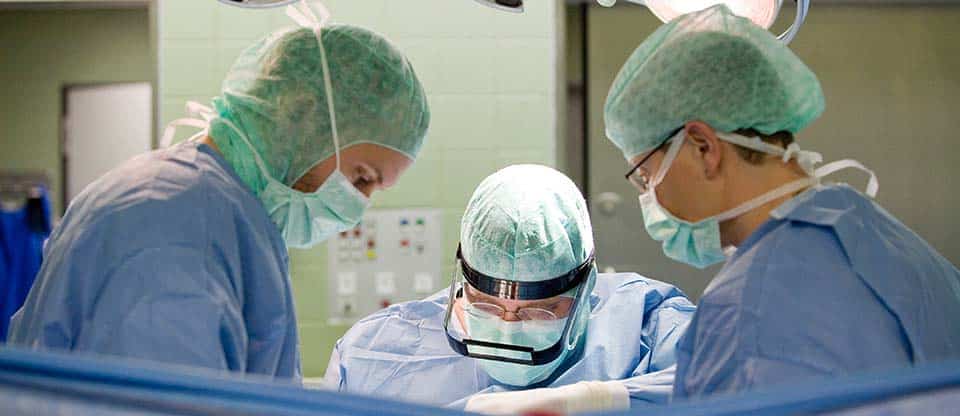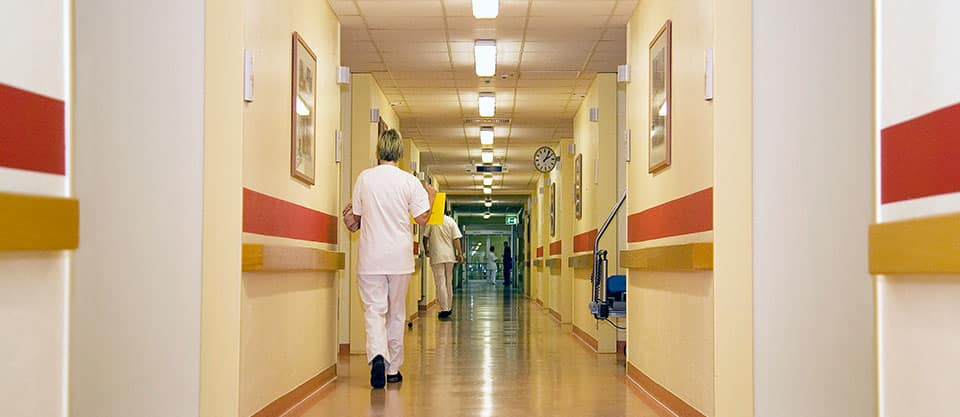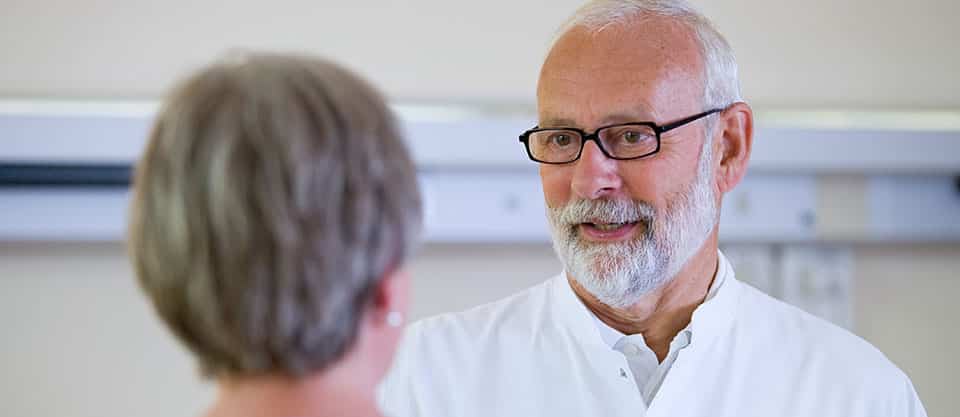As with most types of cancer, the causes of breast cancer are generally unknown. However, there are some risk factors. The most important are:
Female hormones (estrogen, progesterone)
Breast cells have so-called receptors that can bind hormones (eg estrogen). Thus, “signals” enter the cells through hormones. At the same time, among other things, the growth of mammary gland cells in the puberty period or during pregnancy is stimulated. Unfortunately, through these receptors, estrogens can also promote the emergence and growth of certain cancer cells. This also applies to the synthetic hormones found in contraceptives or menopausal drugs (hormone replacement therapy). The risk of breast cancer is slightly increased if a woman takes contraceptives for four or more years before giving birth to a child, and / or if she begins to use contraception for a long time before the age of 20 years. Hormone replacement therapy increases the risk of breast cancer if it is used for more than five years, especially when the drug contains both estrogens and gestagens. After the withdrawal of hormones, within a few years the risk decreases again to the average level.
Unhealthy Lifestyle
Smoking is the most important preventable risk factor not only for the development of lung cancer, but also for other types of cancer, including breast cancer. Especially when girls start smoking as early as adolescence, the risk of breast cancer increases significantly. On the other hand, although there is no clear increase in the risk of breast cancer in women,smokers menopausal age “However, the alarming increase in lung cancer cases in women of all ages should be a reason to stop smoking.
Nutrition also plays a role here: overweight women get breast cancer more often than slender women. This is due to the fact that hormones are formed in adipose tissue that increase estrogen levels. Dietary fat also plays a role: those who eat a lot of animal fats (fatty sausages and fatty meats, dairy products, butter, lard) also have increased blood estrogen levels and have a slightly increased risk associated with this.
breast density
Women with increased so-called mammographic density - that is, with the presence of a small amount of adipose tissue and a high content of glandular and connective tissue - have a 5-fold increased risk of breast cancer. Breast density can be determined using mammograms. At the same time, denser connective and glandular tissues are well distinguished from less dense adipose tissue and, depending on the ratio, they separate different degrees of density:
- Density grade I: fat-transparent, highly transparent,
- Density grade II: moderately transparent,
- Density grade III: dense,
- Density degree IV: extreme degree of density.
Mammographic density is influenced by many factors. For example, hormone replacement therapy through the use of estrogens leads to an increase in density, pregnancy can lead to a decrease in density.
hereditary breast cancer
About 5-10 % of all breast cancers are hereditary. If there is frequent breast or ovarian cancer in the family, genetic counseling can provide clarity. If the suspicion of burdened heredity increases, the issue of conducting gene diagnostics is considered. Breast cancer can be caused by changes (mutations) in the BRCA-1 and BRCA-2 genes, but other "breast cancer genes" also occur.
The birth of children and the age of the woman in which she gave birth to them, as well as the duration of breastfeeding, also have an impact on the occurrence of breast cancer. The time of the onset of menstruation and the onset of menopause and the total number of menstrual cycles are also factors affecting the risk of the disease.
Video
Request appointment
Useful links






